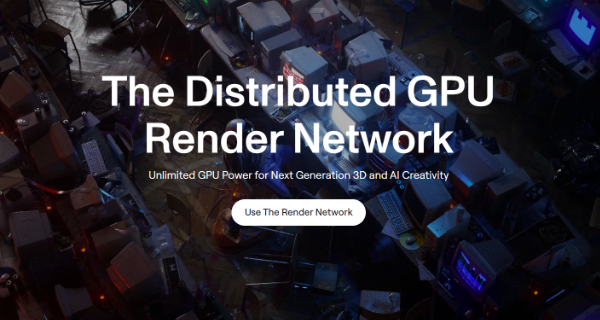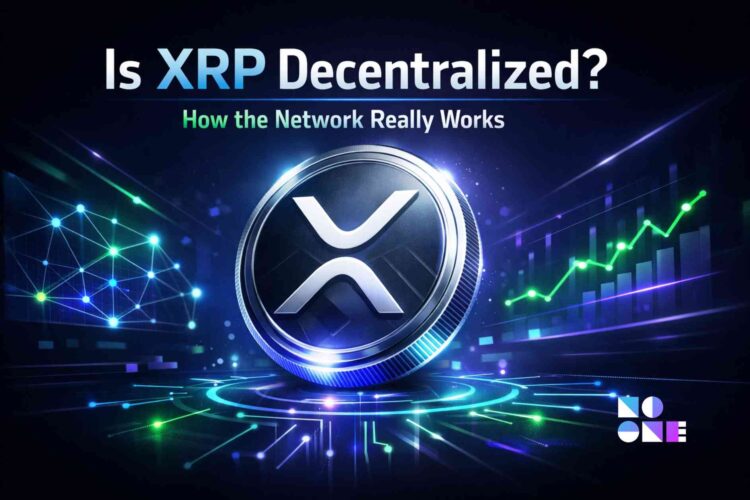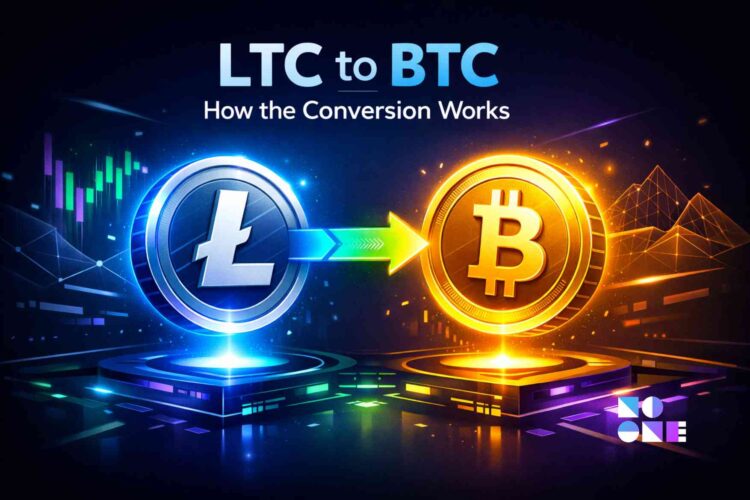Please note that the article doesn't present investment advice and serves for educational purposes only.
Render Network (RENDER) has emerged as a notable project in the decentralized computing space, offering a blockchain-based solution for GPU rendering and compute tasks. With increasing demand for high-performance computing—especially for 3D rendering, machine learning, and generative AI—Render aims to bridge the gap between GPU supply and demand. In this article, we examine Render Network’s price potential over the next 15 years, focusing on key forecast years: 2025, 2027, 2030, 2035, and 2040.
Our predictions rely on a combination of technical analysis, fundamental indicators, and market trend evaluations. As with all forecasts, outcomes are speculative and may be influenced by broader market conditions and technological developments.
What Is Render (RENDER)?
Render Network is a decentralized GPU compute platform that enables artists, developers, and businesses to access remote GPU power through a peer-to-peer network. Instead of relying on centralized cloud rendering services, users can submit compute tasks to the network, where idle GPU resources provided by node operators are used to execute them.
Originally conceived by OTOY, Inc. in 2009 and launched publicly in 2020, the network operates on blockchain infrastructure to ensure transparency, traceability, and compensation through its native token. The platform facilitates applications in various areas, including 3D rendering, artificial intelligence training, and other graphics-intensive workloads.
In 2023, Render transitioned from Ethereum ($RNDR) to Solana ($RENDER) via community vote to improve transaction speed and efficiency. Governance decisions such as this are handled through the Render Network Proposal (RNP) system, allowing token holders to influence protocol upgrades and ecosystem developments.
The Render Network is maintained by the Render Network Foundation and supported by an advisory board that includes professionals from both the crypto and entertainment industries. While it markets itself as a decentralized alternative to traditional rendering services, the project’s long-term adoption will depend on technical scalability, integration with real-world applications, and continued support from contributors and stakeholders.
By functioning as a distributed marketplace for GPU computing power, the Render Network seeks to address growing computational demands in a more flexible and potentially cost-efficient way—without relying on centralized infrastructure.
Render (RENDER) Price Prediction for 2025, 2027, 2030, 2035, 2040
As of June 19, 2025, Render token price is $3.17. Render's market cap of $54.34 million places the token slightly above the 50th position in the CoinMarketCap ranking.
Below you will find Render price predictions for 2025, 2027, 2030, 2035, and 2040. The prognosis is based on a mix of fundamental and technical analysis, along with an evaluation of current market trends.
| Year | Price Prediction | ROI of your investment (if you buy the coin now) |
| 2025 | $6.4 | 101.89% |
| 2027 | $4.7 | 48.26% |
| 2030 | $16 | 404.73% |
| 2035 | $32 | 909.46% |
| 2040 | $63 | 1,887.38% |
2025
The year 2025 may begin with uncertainty across the crypto sector, but Render Token could benefit from broader trends in AI, gaming, and metaverse development. The Bitcoin halving of 2024 is expected to stimulate renewed interest in digital assets, and Render’s GPU-powered decentralized rendering model aligns well with emerging market demands. If bullish momentum returns in the second half of the year—driven by institutional interest and tech sector investment—RNDR could rise to around $6.4 by the end of 2025, especially if its network sees wider adoption from content creators and developers.
2027
In 2027, the market may enter a more volatile phase. Historically, pre-halving years have shown signs of slowing growth or corrections, which may affect altcoins like RNDR. Additionally, tighter regulations globally could dampen speculative interest. Despite continued utility in sectors like 3D rendering and AI infrastructure, Render's price could retrace slightly, falling to around $4.7 if market sentiment weakens and capital shifts to more conservative holdings.
2030
By 2030, digital assets could be more deeply embedded in everyday use cases, and Render Network may benefit from increased adoption in virtual production, gaming, and AI. Regulatory clarity and maturing investor understanding could lead to broader usage of RNDR, especially as decentralized GPU networks become more attractive. Under these favorable conditions, RNDR could surge to $16, supported by both institutional participation and real-world demand.
2035
Looking ahead to 2035, Render could play a significant role in powering decentralized infrastructure for the metaverse and AI. If partnerships expand and usage scales globally, RNDR’s value could climb further. With digital assets increasingly integrated into the tech and finance sectors, the token could potentially reach $32 as its utility drives long-term demand.
2040
By 2040, Render may become a key part of the decentralized computing landscape. If adoption trends continue and its ecosystem remains competitive, Render might see sustained appreciation. In a mature crypto market with strong fundamentals, the token could be valued at approximately $63, reflecting its integration into global digital infrastructure.
Render (RENDER) Price Analysis for the Past Several Years
Let’s take a closer look at the Render’s price fluctuation and the reasons behind them. Please note that the past results do not guarantee the future results.
| Date | Price | Why the price dropped/rose to this level (what influenced the price change) |
| Jan 18, 2021 | $0.05 | Render Token entered the market with modest traction, reaching $0.05 during early trading as interest in GPU-based decentralized rendering began to surface. |
| Mar 28, 2021 | $2.45 | Following growing hype around NFTs and metaverse projects, RNDR surged to $2.45 on March 28, 2021. This marked its first major price breakout, driven by increasing demand for rendering infrastructure. |
| Nov 21, 2021 | $8.76 | RNDR hit its all-time high of $8.76 in late 2021 during a broader crypto bull run. Investor interest surged as Render’s use case gained visibility across digital content platforms. |
| Jun 13, 2022 | $0.40 | The token suffered a sharp correction in mid-2022, dropping to $0.40 amidst a broader market downturn and rising macroeconomic fears. This marked one of its lowest points post-ATH. |
| Jan 14, 2023 | $1.78 | RNDR bounced back to $1.78 at the beginning of 2023, driven by renewed interest in AI and decentralized computing, along with major ecosystem updates. |
| Apr 25, 2024 | $2.92 | Another bullish surge occurred in April 2024, pushing RNDR to $2.92. The spike was linked to Babylon mainnet hype and increased integration with AI rendering platforms. |
| Jun 18, 2025 | $6.12 | As of mid-June 2025, RNDR is trading around $6.12, just below its projected year-end target. This price level reflects ongoing optimism around decentralized GPU networks and real-world adoption in virtual production and AI. |
Q&A
Is Render (RNDR) a good investment?
We do not provide investment advice. Whether or not RNDR is a good investment depends on your individual financial goals, risk appetite, and long-term strategy. Conduct your own research and consider consulting a financial advisor.
What will be the price of Render in 10 years?
By 2035 — 10 years from now — Render Token’s price is projected to reach $32, assuming continued growth in decentralized GPU rendering, adoption in AI and metaverse infrastructure, and broader integration with digital content production.
Should you buy Render (RNDR) now?
As of late March 2025, RNDR is trading well below its long-term potential. While market conditions remain volatile, those who believe in the project's long-term vision and utility may see this as an opportunity. Ultimately, any investment decision should be based on careful research and personal risk assessment.
Conclusion
Render Network offers a decentralized solution to growing GPU compute needs, with applications in 3D rendering, AI, and digital content creation. Its future will largely depend on adoption, governance decisions, and its ability to scale efficiently in a competitive landscape.



